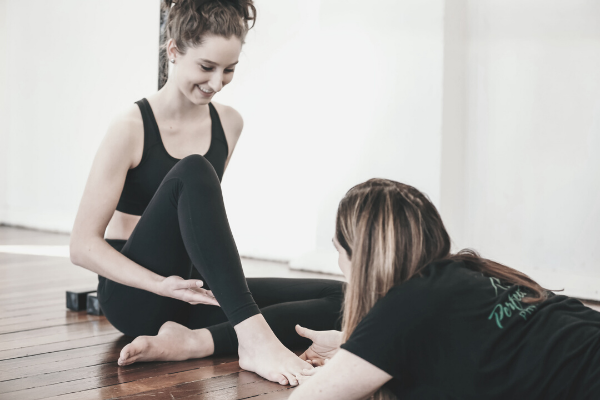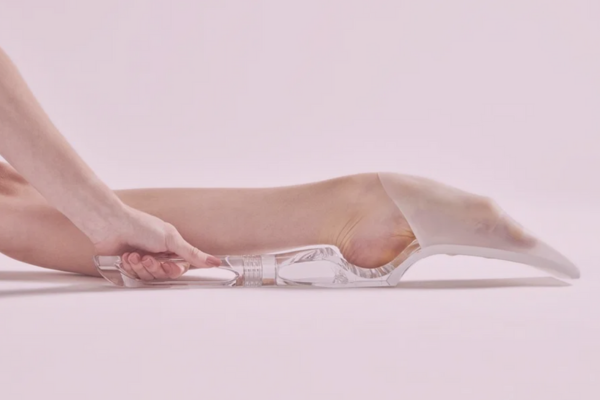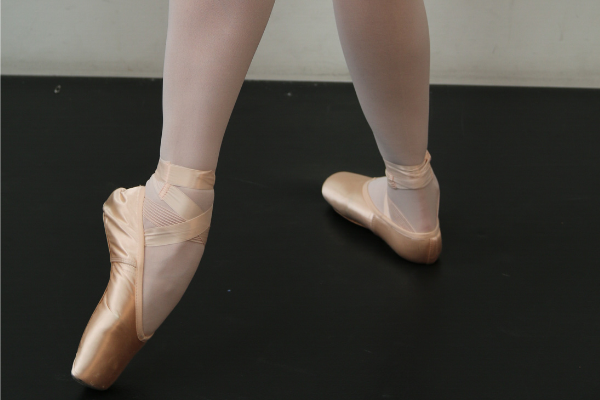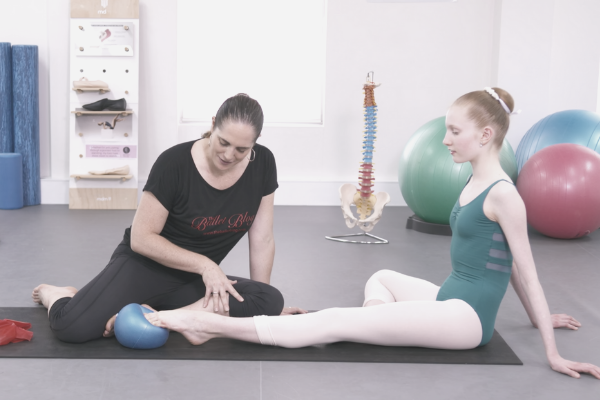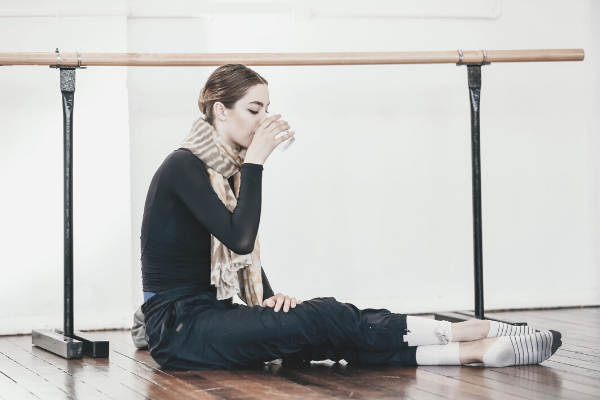Chronic Ankle Pain in an 11 Year Old Dancer
Hi Lisa,
My 11 year old daughter has been suffering from a chronic ankle pain. It started about 2 years ago. We saw a podiatrist at the time as well as her pediatrician – they didn’t find anything and put her in a lace up ankle brace. She continued to dance.
This year, she danced in pain and would cry after practice. So, I took her to the pediatrician who referred her to an orthopedic surgeon. He put her in a boot for 3 months and in physical therapy for 3 months as well. He never really diagnosed her with anything and said that since nothing is working to stop wearing the boot, stop physical therapy and go back to all activities. She tried one class, and could not dance.
I then asked for a referral to the children’s hospital who apparently can only see a child with a diagnosis. The only thing that showed up on mri and x-rays was a tiny cyst in her heel, so we saw the “wrong” orthopedic at children’s hospital. He specialized in cysts and tumors. He said to wait 6 months, wear a lace up ankle brace and if she isn’t better he would then refer her to the soft tissue orthopedic doctor there. We can’t wait 6 more months! My child is in pain.
He did say that she has a touch of severs but that wasn’t casing the pain. He also said her tendons are stretched out and her ankle is very “loose”. She twists it frequently and has done since a bad sprain at the age of 8 in competitive gymnastics. She has numbness in her foot now too. Upon research, I found that her symptoms and location of pain match that of sinus tarsi. Is there ANYTHING that we can do to get this girl to be able to dance again? She is devastated and feels like no one believes her.
Thanks for any help and information.”
Jodie
Thank you Jodie for your question. Please do not wait another six months before actually dealing with this! If you can get a faster referral to the specialist who deals with soft tissue injuries, then that would be fantastic.
You are right in that area is the Sinus Tarsi. For those who don’t know where it is, it is just down below the end of the fibula. Now, this area has a lot of structures in it. So it is very important to get any pain in this area correctly diagnosed. I would recommend getting a second opinion on that MRI report and have a close look at what’s going on in this area. You have the capsule around the front of the joint here, and also the ATFL (anterior talofibular ligament) as well as quite a few other ligaments, and it’s important to know which are injured.
You said that she’d had a sprain when she was eight and she’s now eleven and that the problem has been there for about two years. So this current issue is most likely an issue resulting from the instability that never really got resolved after that first big ankle sprain. What can sometimes happen if we roll the ankle is that we can stretch or injure these ligaments, making the ankle very unstable. If it continues to shift around, if we’re doing a lot of high-level sport, especially gymnastics and dancing and things like that, you can get chronic irritation around in the capsule of those joints.
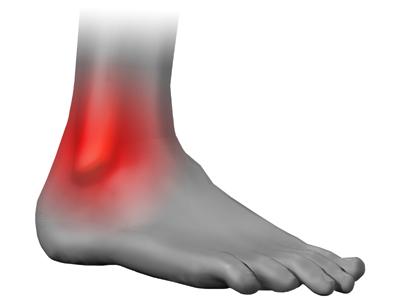
You can also get swelling in the area, and the fact that she’s now got pins and needles down into her foot shows that there must be some kind of compression on the nerve that runs down the outside. So I would give all of that information to whoever is doing the second opinion on that MRI and see if they can really see anything that’s going on in this area. If anything is ruptured or broken or anything like that we obviously need to know that. If there is nothing that is torn then we really need to focus on stabilising the ankle. You do want to make sure she doesn’t have a little avulsion fracture (where the little end part of the figure actually pulls off the bone in a bad sprain) and that there are not any pockets of fluid or any cysts in that area. If there really is nothing on the MRI and it’s just from movement, what I often do is actually use some dynamic tape or supportive tape to really hold the joint in a better position. If the joint is stretched and moving all the time, then the constant movement can give a lot of irritation.
Also, we have this interesting thing that happens in that when we have an injury and there’s a lot of pain. It’s almost like the brain goes “Oh no, I don’t want to feel that!” and it will shut off the awareness of that area. This means that she may have a slower reaction time and a more unstable ankle because the messages aren’t really getting up to the brain fast enough, if she’s on a wiggly surface or high on demi-pointe. So a lot of the rehab should be focused on really getting what’s called the ‘proprioception’ or the joint position sense back into her body. Inside the ligaments around the ankle, and in the ligaments anywhere around the body, there are small little cells that when stretched or compressed, feedback to the brain to tell you where the ankle is in space. After an injury, often the awareness of these has dropped down and this is what we really want to improve. So make sure that she does lots of balance work, simply standing on one leg. She can do it with eyes closed, and do all kinds of dance exercises either on flat or on a soft mat or on balance boards to try and wake up all those senses that should be in that ligament.
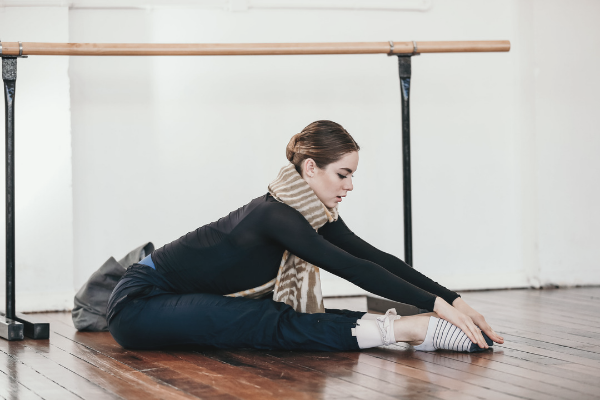
Some other things that you might want to look at, are also the possibility that once there has been pain for a long period of time, sometimes the body can almost remember the pain after the injury has actually healed. Now there are a couple of different names for this. One is Chronic Regional Pain Syndrome. Often when this happens there are skin changes over the area of the injury, so have a little look at the skin on the outside of her ankle compared to the other side. Also, check whether she’s hypersensitive over there. If you just brush the skin, does it hurt her? Dealing with this is actually quite a different thing than dealing with a mechanical injury, so it is something that you do want to see specialists help with because the problem is that the message in the brain is getting a little bit mixed up. Rest assured that it’s not that she’s making it up, it’s that her brain may have got itself stuck in a loop that is really not necessary anymore.
So hopefully that explains a little bit more about what you might be able to look at and some information that you might be able to go to the specialists with. You can go through any of the basic stability exercises, such as the balance exercises in the Perfect Pointe Book. With this injury, I would really push for an exact diagnosis either of one of the structures around that area or if she has this other Chronic Regional Pain Syndrome going on, that can get excruciating amounts of pain when nothing actually comes up on the investigations.
So I hope that answers your question. Feel free for anyone to contact us with any more questions in relation to this.
Lisa
Pointe Resources
If you are looking to delve deeper into this topic, check out the following programs:
- The Perfect Pointe Book: This course was originally designed to help students and dance teachers safely prepare for pointe work. The four stages of tests and exercises within the book are ideal for pre-pointe preparation classes, students close to achieving pointe shoes and students already en pointe looking for extra strength and technique training.
- Pointe Range: This online program comprises of 41 clear and concise videos, totalling just under 2 hours play time, this course begins with a series of assessments to establish exactly what structures are restricting your pointe range. It then explores a diverse array of massage techniques, joint mobility exercises and fascial mobilisers to safely improve your pointe range. This is followed by an in depth look at retraining all of the muscles that stabilise the foot and ankle to allow you to actually use your new found pointe range in class.
- Pointe Intensive: This online virtual workshop is designed for both Dance Teachers & Health Professionals working with dancers. This three day Intensive will give you the most up-to-date advice in the industry to help you understand your students’ needs, analyze their differences, and them you the tools to help your students become the best dancer they can be.



